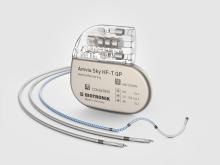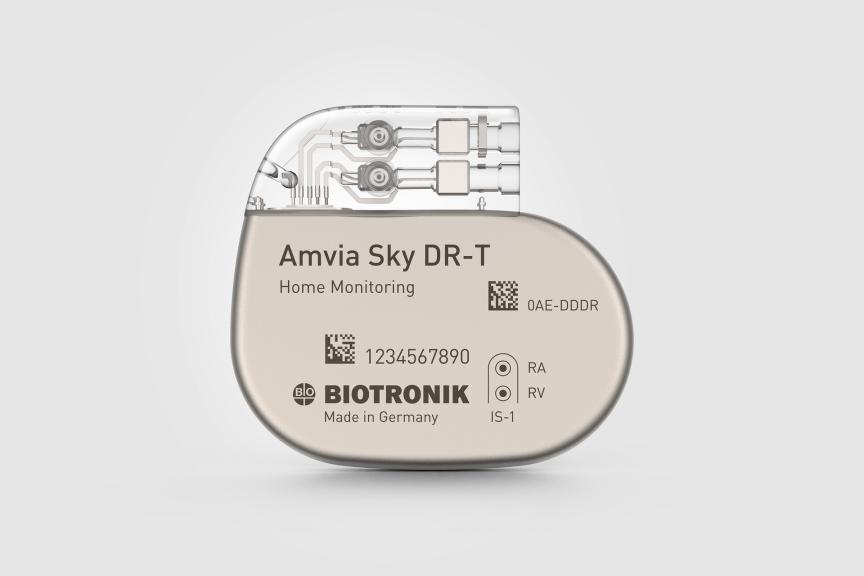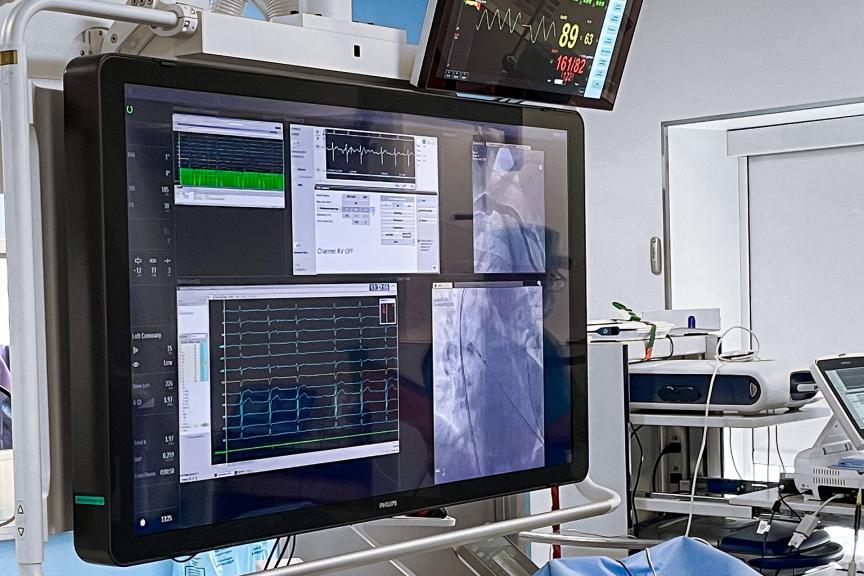What Is a Pacemaker?
Pacemakers are small, battery-powered devices that are implanted near the collarbone and serve as the heart’s artificial “timekeeper”. A pacemaker system consists of a pulse generator as well as one or two special wires, called leads, that connect the heart with the pulse generator. When they sense a missed or irregular heartbeat, they can carry small electrical impulses from the device to the heart, and relay information about the heart’s rhythm back to the pulse generator. By sending those small electrical signals to the heart, a pacemaker helps to restore a normal heart rate. The device also stores information about your heart rhythm and rate that your physician can use to adjust your treatment.
Pacemakers are usually implanted when patients experience a too slow heart rate (bradycardia) that fails to supply the body with enough blood and oxygen. With the advancements of pacemaker technology, pacemakers have gotten smaller and smaller with many years of longevity and the possibility to be monitored remotely.





